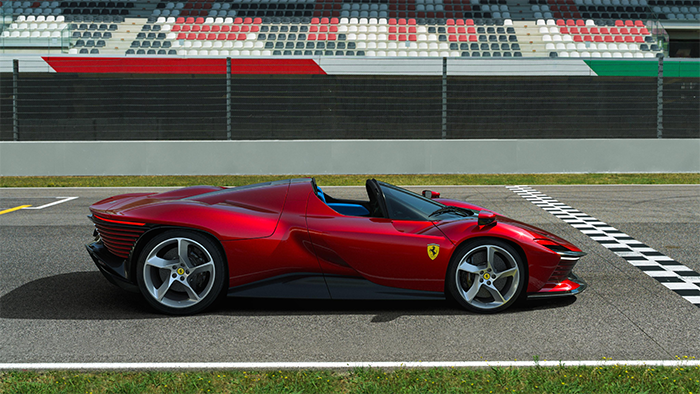
When it comes to exotic cars, raw horsepower and aggressive styling are only part of the equation. One of the most crucial elements behind their breathtaking performance is aerodynamics—the science of how air flows around and interacts with a vehicle. From top speed to handling and even fuel efficiency, aerodynamics play a pivotal role in shaping the driving experience of high-performance supercars.
The Role of Aerodynamics in Exotic Cars
Aerodynamics impacts nearly every aspect of an exotic car’s performance, including:
- Top Speed – Reducing air resistance allows supercars to achieve higher speeds with less effort.
- Downforce – Pressing the car onto the road improves grip and handling.
- Cooling Efficiency – Directing airflow properly prevents engines and brakes from overheating.
- Fuel Efficiency – While not a priority in exotic cars, reducing drag can improve range, especially in hybrid hypercars.
To optimize these factors, manufacturers design exotic cars with specialized aerodynamic components, many of which are inspired by Formula 1 and other motorsports.
Key Aerodynamic Features in Exotic Cars
Low Drag for Maximum Speed
Drag is the force that resists a car’s movement through the air. Exotic car manufacturers work tirelessly to reduce drag to increase top speed and acceleration. Features like sleek body shapes, hidden door handles, and smooth underbody panels all contribute to minimizing resistance.
One of the best examples of low-drag aerodynamics is the Bugatti Chiron, which uses an elongated body, adaptive ride height, and active aerodynamics to cut through the air while maintaining stability at over 250 mph.
Downforce: Sticking the Car to the Road
Downforce is the opposite of lift—it pushes the car down onto the road to increase traction. This is crucial for exotic cars that need stability at high speeds and improved grip during cornering.
Supercars use large rear wings, front splitters, and diffusers to generate downforce. For example, the Lamborghini Huracán STO features an adjustable rear wing and an advanced aerodynamic package that increases downforce by 53% compared to its predecessor.
Active Aerodynamics: Adapting to Speed and Conditions
Many modern supercars and hypercars now use active aerodynamics—adjustable components that change based on driving speed, braking, or cornering.
- Active Rear Wings – Deploy at high speeds for stability and retract at low speeds for reduced drag (e.g., McLaren P1).
- Active Front Splitters – Adjust to balance airflow and increase downforce (e.g., Porsche 911 Turbo S).
- Adaptive Air Vents – Open and close to direct cooling air where needed (e.g., Ferrari SF90 Stradale).
These features allow exotic cars to maintain a balance between top speed, cornering ability, and braking efficiency.
Vortex Generators and Air Curtains
Some supercars use small aerodynamic details to manipulate airflow around the car.
- Vortex Generators – Create small air spirals to control turbulence and improve efficiency.
- Air Curtains – Redirect airflow around the wheels to reduce drag.
The Koenigsegg Jesko is a perfect example, using advanced aerodynamics to create over 3,000 lbs of downforce at high speeds, making it one of the most aerodynamically advanced hypercars ever built.
Aerodynamics for Cooling
High-performance engines generate massive amounts of heat. Aerodynamic elements like large air intakes, cooling ducts, and hood vents help direct airflow to critical components, such as radiators, brakes, and turbochargers.
The Ferrari 488 Pista, for instance, features an S-duct that channels air through the front of the car, improving both cooling and downforce.